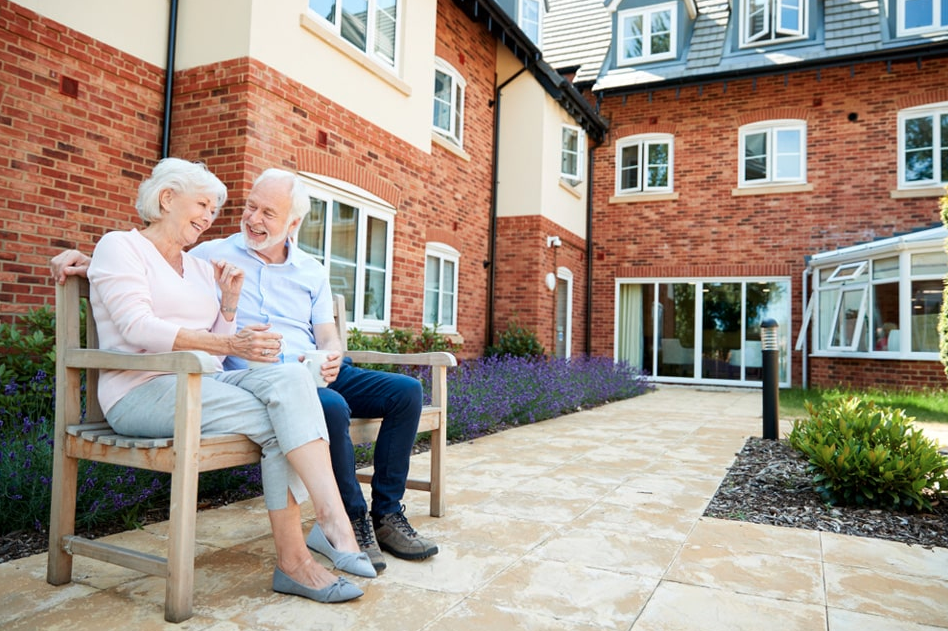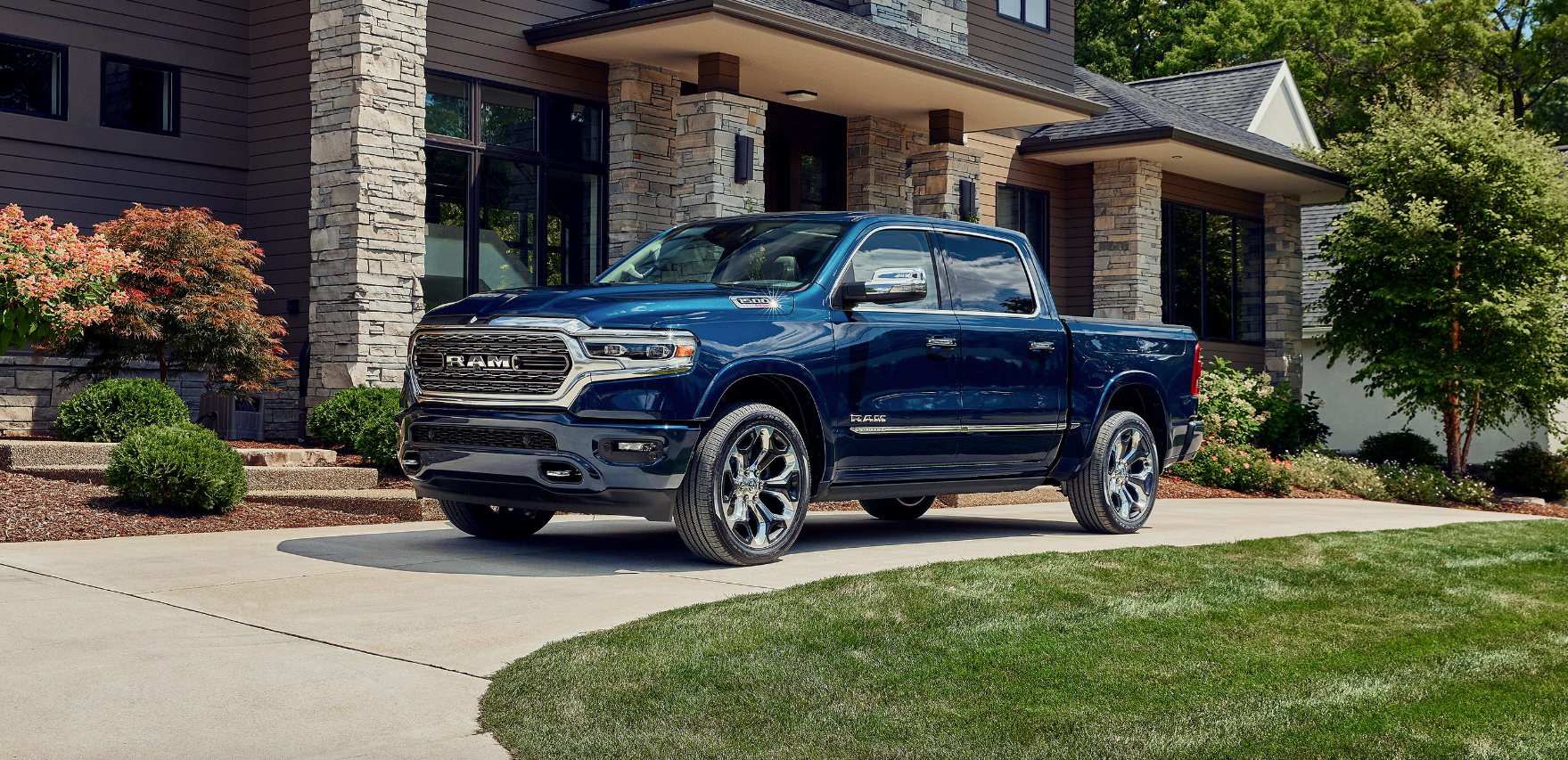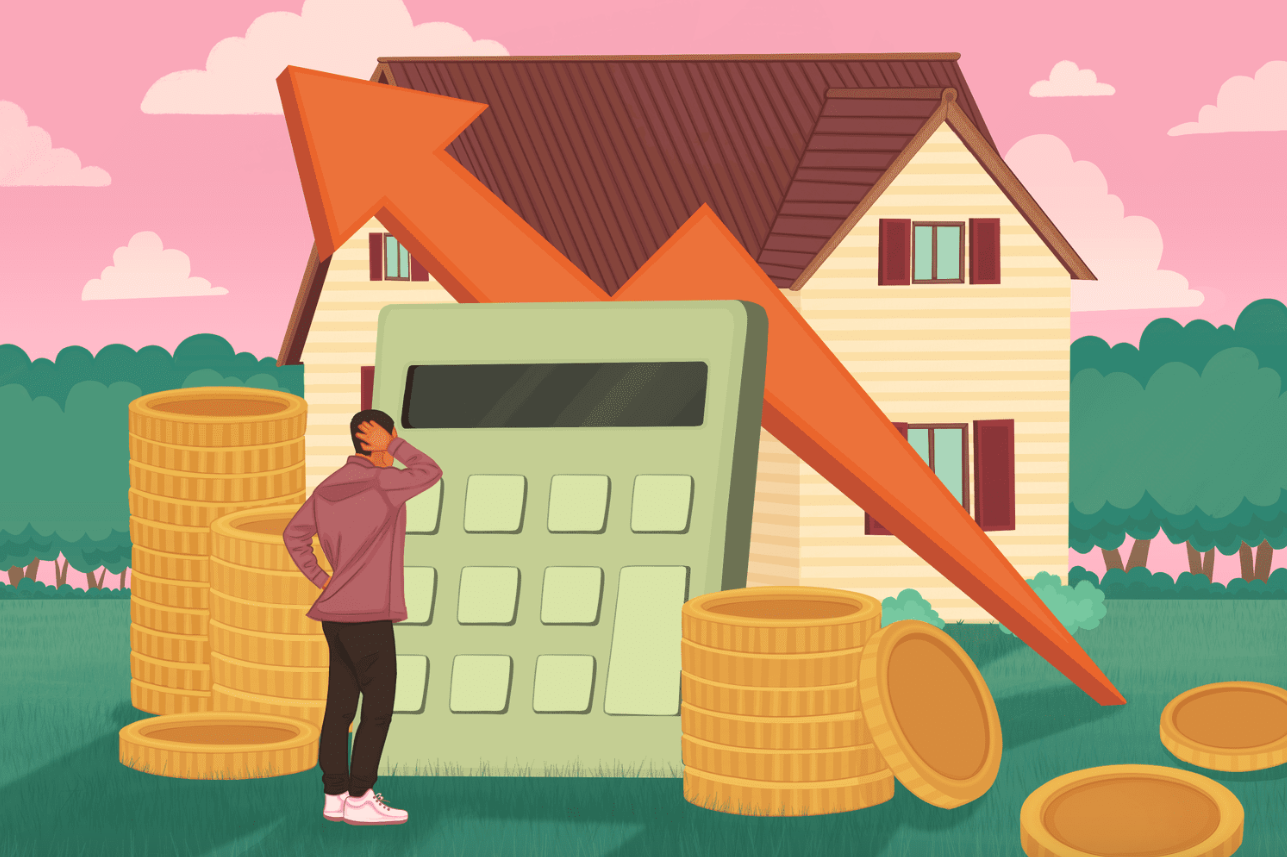The Rise of New Retirement Villages: A Modern Approach to Senior Living

As the U.S. population ages, the demand for quality senior living options is on the rise. Among the most popular choices are retirement villages, designed to provide older adults with a supportive, comfortable, and active lifestyle. These communities are evolving to meet the needs and preferences of modern retirees, offering a combination of independent living, care services, and recreational opportunities in one package. In this article, we explore the growth of new retirement villages, the features that make them appealing, and what the future of senior living looks like.
The Growing Demand for Retirement Villages
The Baby Boomer generation, now entering retirement age, is one of the largest demographic groups in the U.S. As life expectancy increases and people live longer, the need for various types of senior housing continues to grow. According to the U.S. Census Bureau, by 2030, one in five Americans will be aged 65 or older, and many will require some form of housing or care as they age.
Retirement villages, which typically cater to people aged 55 and older, offer a solution to the evolving needs of this aging population. Unlike traditional nursing homes or assisted living facilities, many modern retirement villages focus on independent living, where residents can enjoy a high quality of life while receiving the support they need.
What Makes New Retirement Villages Different?
Today's retirement villages have evolved from the traditional, institutional-style retirement homes of the past. New developments are much more than just places to live—they are dynamic communities offering a range of services, amenities, and opportunities designed to enhance residents' quality of life. Here are some features that set new retirement villages apart:
- Emphasis on Wellness and Active LivingModern retirement villages focus heavily on wellness, both physical and mental. Many new communities include on-site fitness centers, walking trails, yoga classes, and swimming pools to encourage an active lifestyle. Some even offer programs designed to help with specific health concerns, like arthritis management or cardiac rehabilitation. The goal is to help residents stay as healthy and independent as possible.Mental health is also a priority, with activities like art classes, book clubs, and social events promoting cognitive engagement and providing a sense of community. Retirement villages are designed to help people stay connected, not just with their families, but also with peers who share similar interests and life experiences.
- A Range of Living OptionsNew retirement villages often offer a variety of living arrangements to cater to different needs. Independent living options are ideal for those who can manage on their own but want the convenience of community services. These might include apartments, townhomes, or single-family homes with full kitchens, private bathrooms, and living areas.For those who need additional support, some villages also offer assisted living units, where residents can receive help with daily tasks like bathing, dressing, or meal preparation. Additionally, many retirement villages have specialized units for people with memory care needs, providing a safe and secure environment for residents with Alzheimer's or dementia.
- Integrated Healthcare ServicesAs people age, healthcare needs often become more complex. To meet these needs, many new retirement villages integrate healthcare services into their communities. This can include on-site nurses, doctors, and other healthcare professionals. Some villages even have full-service medical clinics and rehabilitation centers to address everything from routine health checkups to physical therapy.The availability of telemedicine and health monitoring technologies in some retirement villages allows residents to receive medical consultations remotely, reducing the need for travel. This is especially beneficial for older adults with mobility issues.
- Innovative Technology and Smart HomesAs technology advances, so do the features of modern retirement villages. Many new communities incorporate smart home technology that enhances both convenience and safety. This can include automated lighting, temperature control, and security systems that can be managed via smartphones or voice-activated assistants like Amazon Alexa or Google Assistant.Additionally, some retirement villages offer emergency response systems that can alert staff to falls or other urgent medical situations. Residents can wear bracelets or pendants that will automatically notify caregivers if they need help. This kind of technology is designed to give families peace of mind, knowing that their loved ones are safe and supported.
- Focus on Social ConnectionsOne of the most appealing aspects of modern retirement villages is the focus on community. Many new developments include shared spaces like community centers, cafés, gardens, and theaters, where residents can gather and socialize. These spaces are designed to foster a strong sense of belonging and reduce the isolation that can sometimes come with aging.Social activities are a big part of life in retirement villages. Residents can participate in everything from fitness classes to themed dinners, excursions, and volunteer opportunities. This encourages residents to stay engaged and maintain an active social life, which can have significant benefits for mental and emotional health.
- Pet-Friendly CommunitiesMany new retirement villages are designed to be pet-friendly, recognizing the importance of pets in the lives of seniors. Pets provide companionship, reduce stress, and even encourage physical activity, making them an important part of many residents' daily lives. Retirement communities may allow small pets like dogs and cats, and some even provide pet care services, like walking and grooming.
- Sustainable Design and Green SpacesWith increasing awareness of environmental issues, many new retirement villages are being built with sustainability in mind. Green building techniques, such as energy-efficient appliances, solar panels, and environmentally friendly landscaping, are commonly incorporated into the design. The goal is to reduce the ecological footprint of these communities while also offering a pleasant and comfortable living environment for residents.Community gardens, walking trails, and outdoor recreation areas are popular in retirement villages, providing residents with a space to enjoy nature and stay active.
What Does the Future Hold for Retirement Villages?
As the aging population continues to grow, the demand for retirement villages is expected to rise. Future trends in senior living could include:
- More Technology Integration: Expect further advancements in home automation, telehealth, and wellness technologies that help seniors live independently for longer.
- Intergenerational Communities: Some retirement villages may begin to incorporate intergenerational living, allowing for more interaction between seniors and younger people, such as families or students. This can foster mutual support and strengthen the community fabric.
- Luxury Senior Living: As the wealth of older adults increases, there is likely to be a rise in high-end, luxury retirement communities that offer resort-style amenities, such as golf courses, spas, and concierge services.
- Cultural Shifts in Aging: The increasing acceptance of active, engaged aging means that retirement villages will continue to evolve into spaces where residents live fully and independently, with access to healthcare services and social connections.
Conclusion
New retirement villages are redefining what it means to age in the U.S. These communities are designed to provide more than just a place to live—they offer an active, vibrant lifestyle that supports physical, mental, and emotional well-being. With a range of living options, healthcare services, and social opportunities, retirement villages today are tailored to meet the diverse needs of modern seniors. As the population continues to age, these communities will play a crucial role in ensuring that older adults can live independently, comfortably, and with dignity in their later years.
Explore
Explore Dubai Villas for Sale: Exclusive Properties for Luxury Living

The Rise of Electric Cars in the U.S.: A Revolution in Transportation

The New Jeep Gladiator is Wowing Americans – See Why
Essential Kitchen Remodel Ideas for a Modern, Functional Space

The 2024 Dodge Ram 1500: Power, Performance, and Luxury in One Package

Everyday Advantages of Driving a Dodge Ram 1500

Understanding Car Insurance in the United States: A Comprehensive Guide

Instant Home Valuation: How Online Calculators Provide Real-Time Property Estimates
